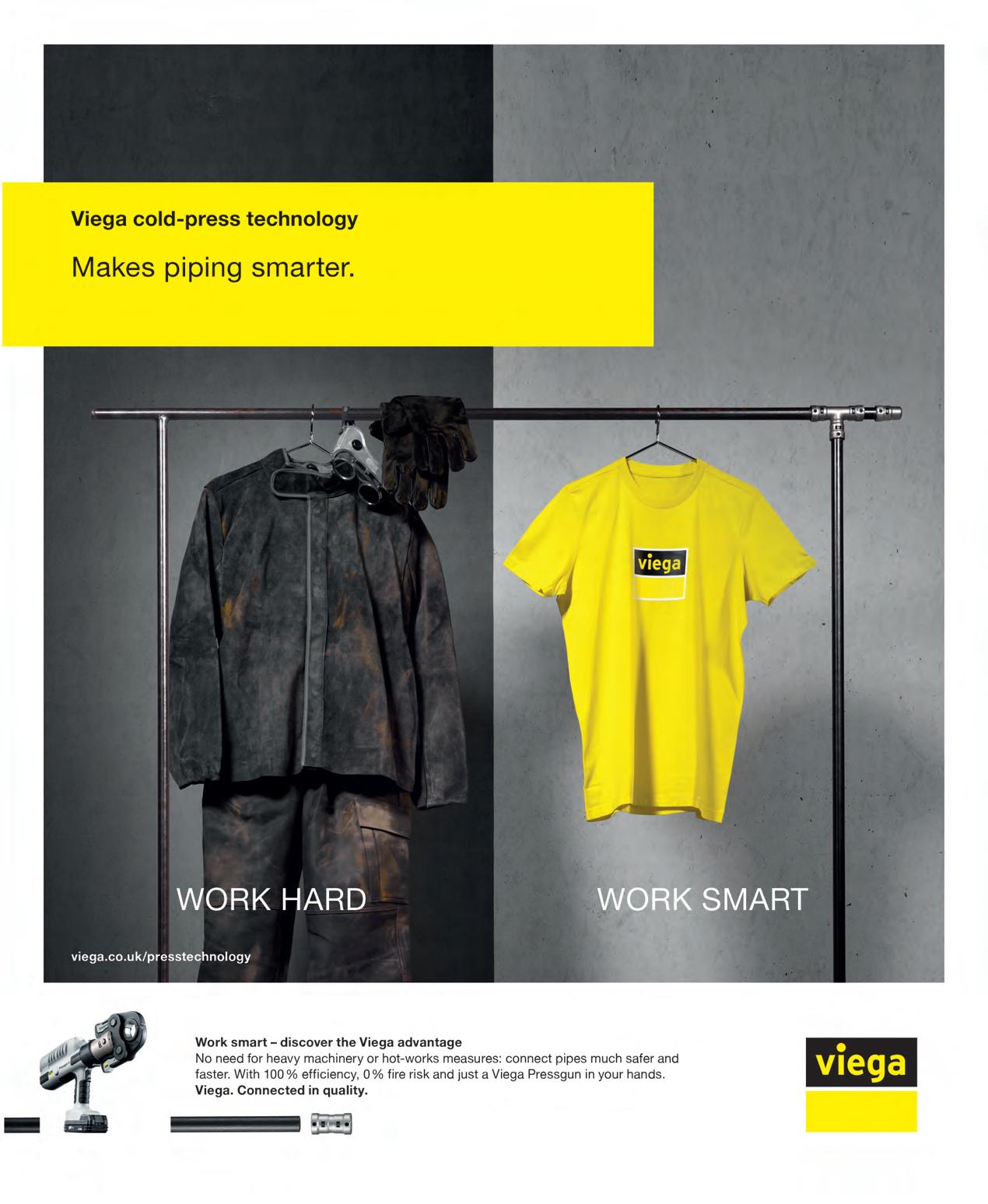
4 minute read
Training & Recruitment Quality control with Persimmon Life following a career change EDI at Colas Inclusion in the workplace
Training & Recruitment
Job spotlight Corynne Griffiths
Advertisement
Independent quality controller, Persimmon Homes Midlands
SWAP SHOP
ORIGINALLY TRAINED IN ART AND DESIGN, CORYNNE GRIFFITHS WORKED IN A RANGE OF JOBS BEFORE SWITCHING CAREERS INTO THE CONSTRUCTION INDUSTRY IN 2006
Why did you swap career path? How have you found life in construction?
“There are so many good opportunities to build a rewarding career in this field. I saw a chance to combine my design and analytical skills to develop an exciting new profession. I started on a Construction Management degree and then progressed onto an NHBC training programme.
“At times it wasn’t easy to get taken seriously, as a woman trying to find a job in construction, and it took a little while to gain the respect of some male colleagues, but once I had proven myself capable and hard-working I became fully accepted as one of the team. “Securing this role with Persimmon was the perfect post for me. I really enjoy the job, being out on site and working with site managers and contractors. “I have a daughter with a sensory disability and Persimmon has been amazingly supportive with flexible working to enable me to take her to therapy appointments. They understand that people genuinely need to balance work and home to deliver the best for the company and its customers, so I cannot speak highly enough of them as an employer.
What do you find challenging and rewarding about your job?
Mine is a relatively new role within the site management team. Our focus is on getting things right, from the ground up. That is never an easy task when you consider every property is actually a hand-built product, crafted by a small army of bricklayers, carpenters, plasterers, electricians, plumbers and roofers.
We meet challenges every day – from weather setbacks to the pandemic working restrictions – but there is a real sense of satisfaction every time we sign off a property ready to be handed over to its new owner.
What would you say to any women considering construction as a career?
I don’t think there is enough awareness of the wide variety of jobs there are within the construction industry, both for people starting out or those looking to retrain. This is a great sector to build a rewarding and sustainable career and I would love to see more women in construction. l
Hundreds of the best jobs in construction. Recruitment news and insight.
www.constructionmanagerjobs.co.uk

Count me in
Charlotte Baker on how inclusion in the workplace should be part of safety policy
How do we ensure our safety practices and principles are truly inclusive? In such a high-risk environment as construction, we need our employees to be fully engaged, both physically and mentally.
As a minimum for any business, legislation such as the Health and Safety at Work Act 1974 ensures that every organisation has a legal obligation to keep people safe from injury at work. How do we, as responsible employers, create an environment that links workplace safety and employee inclusion to the benefit of both objectives?
I believe this has to start with fostering a close working relationship between health and safety, HR and equality, diversity and inclusion (EDI) teams, ensuring that policies and processes are designed to meet the needs of the diverse employees within the business.
What does that mean in practice?
l Ensure that policies, procedures and
processes are published in a way that all employees can relate to and follow easily, in terms of language, content and accessibility.
l Create an environment in which it’s safe to
challenge. Be aware of body language and eye contact. Create spaces in which individuals can feed back – whether digital platforms, focus groups, one-to-one discussions and senior manager site visits. Be aware of those who may be less confident at speaking out.
l Cultivate a blame-free culture. Look at the
process and how it can be adapted to overcome issues, rather than looking to blame individuals.
l Modify language to ensure accessibility.
Resist the urge to use jargon, corporate speak or company-specific language. Ensure the language used is appropriate for the diverse backgrounds of your employees and consider presentation of materials in terms of meeting the needs of those with dyslexia and colourblindness, for example.
l Design your workspaces with a physical and
psychological awareness of what is safe. Take into account sensitivities to light and noise, and the needs of those with hearing difficulties, neurodiversity or mobility challenges.
l Challenge behavioural ‘norms’ and your
own thinking. Be aware of everyone’s working style and be prepared to adapt to meet needs.
I believe that having a culture of diversity and inclusion embedded alongside a strong culture of safety provides us with the means to protect our employees and create a workplace that is safe for both the mind and the body.
Charlotte Baker is HR business partner, EDI lead at Colas.
Hundreds of the best jobs in construction. Recruitment news and insight. Employers seeking CIOB members.

www.constructionmanagerjobs.co.uk












